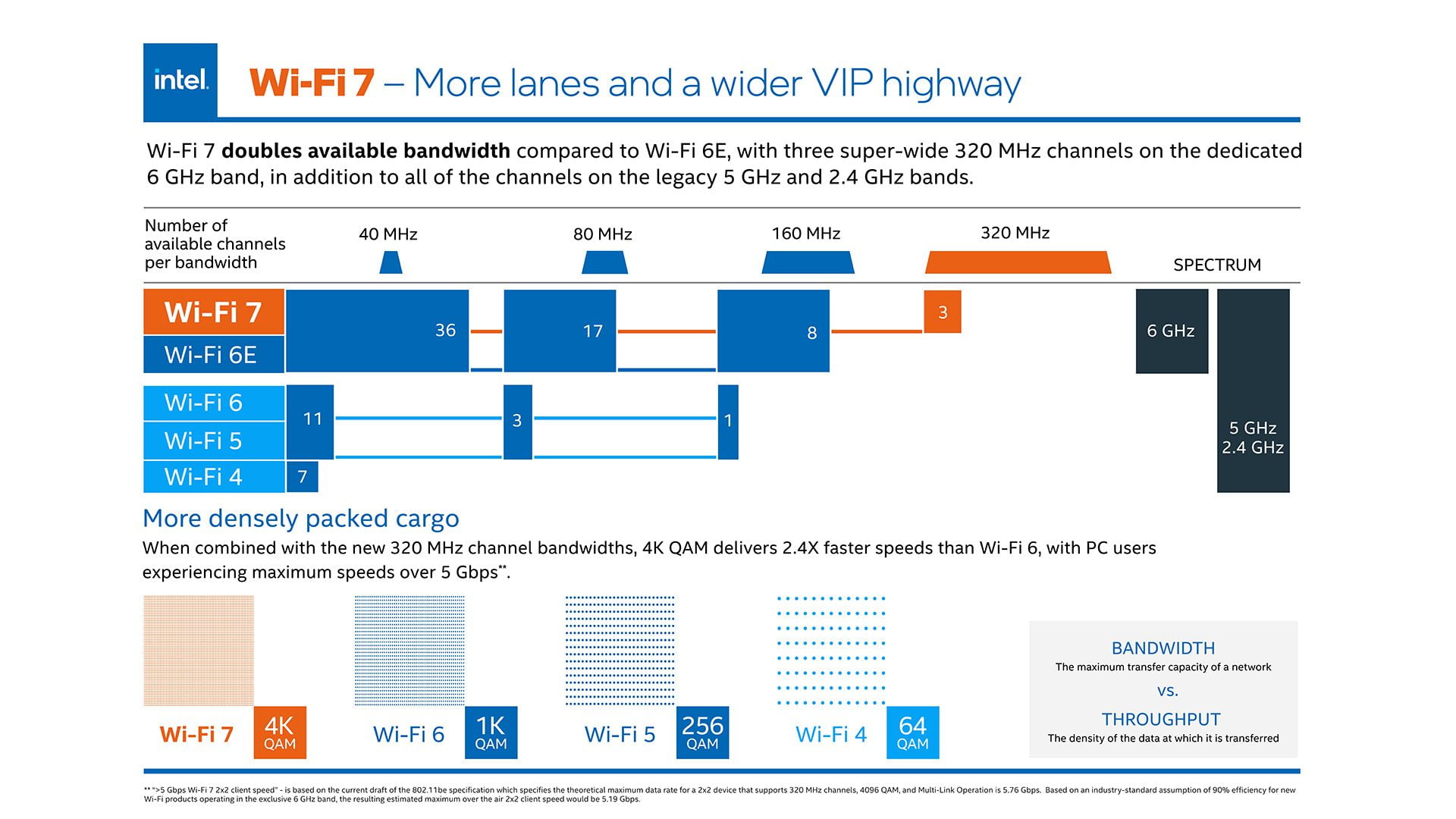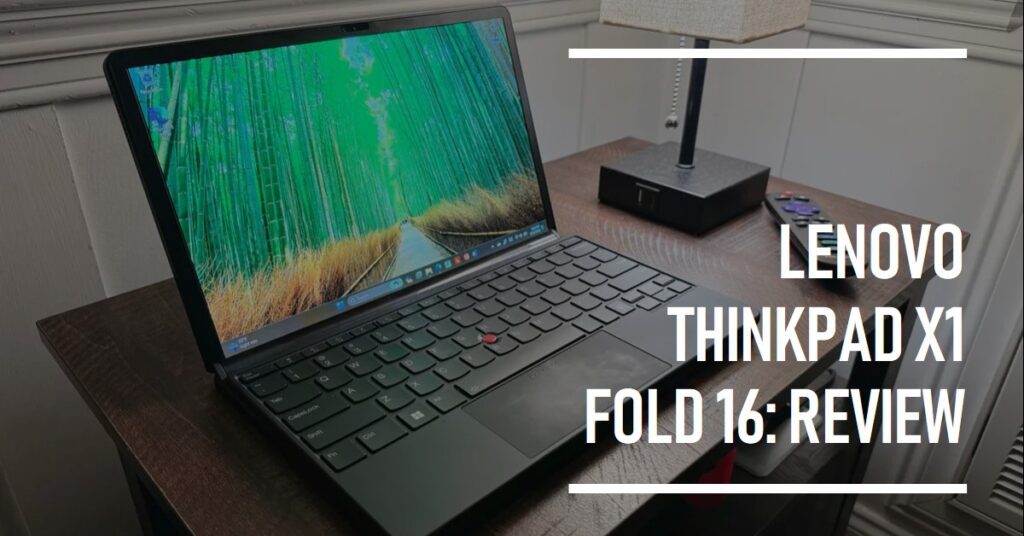Wi-Fi 7’s 46 Gbps Speed: A Game-Changer or Overkill for Your Network?

Table of Contents
ToggleIntroduction
In the ever-evolving realm of information technology, Wi-Fi has always been the mystical force, akin to “black magic.” The recent surge in innovations, particularly the advent of Wi-Fi 6, followed by Wi-Fi 6E, and the imminent arrival of Wi-Fi 7 within a mere 24 months, has undoubtedly left even tech enthusiasts scratching their heads. This article aims not to demystify everything but to shed light on the pivotal aspects, ensuring it addresses the burning questions that linger.
Tracing the Evolution
To comprehend the significance of Wi-Fi 7, a retrospective glance is essential. In 2021, a watershed moment occurred in the Wi-Fi landscape—the emergence of the first new spectrum in over two decades. Rewind to 1997 when 802.11 made its debut, utilizing the 2.4 GHz ISM band. Two years later, 802.11a entered the scene, introducing the 5 GHz U-NII band.
Despite subsequent amendments like 802.11a/b/g/n/ac/ax, none matched the prominence of the common PHY rate amendments. The introduction of Wi-Fi 6 (802.11ax) marked a significant leap, offering OFDMA and, shortly thereafter, a groundbreaking expansion—the 6 GHz band.
The 6 GHz Band Revolution
The impact of the 6 GHz band is contingent on your geographical location, but irrespective of the spectrum released, it is monumental. As Wi-Fi transformed from a luxury to an essential service, professionals grappled with accommodating the escalating demand within a spectrum initially allocated in an era predating widespread internet adoption. 2021 witnessed the release of hardware supporting all three bands: 2.4 GHz, 5 GHz, and the game-changing 6 GHz.
The addition of this spectrum stands as a colossal achievement, yet the ever-forward-looking Wi-Fi professionals swiftly turned their gaze to the horizon, pondering, “What about Wi-Fi 7?”
Wi-Fi 6E vs. Wi-Fi 7: Decoding the Differences
1. Speed Dynamics
The paramount distinction lies in the speed domain. Wi-Fi 6 boasts a formidable maximum speed of 9.6 Gbps, an impressive feat in itself. However, Wi-Fi 7 is poised to redefine the game with a staggering maximum speed of 46 Gbps for a single client. It’s not just pushing boundaries; it’s entering the plaid range on the speedometer.
2. Channel Width Expansion
Bandwidth scarcity has often hindered task execution. Wi-Fi 6 addressed this by offering a maximum channel bandwidth of 160 MHz in the 5 GHz band. Enter Wi-Fi 7, and this channel bandwidth is set to soar to an unprecedented 320 MHz in the 6 GHz band. To put things in perspective, the entire 2.4 GHz band spans only 83 MHz, emphasizing the magnitude of this increase.
3. Quadrature Amplitude Modulation (QAM) Enhancement
QAM, the technique encoding data on a radio signal, takes a giant leap from 1024-QAM in Wi-Fi 6 to an anticipated 4096-QAM in Wi-Fi 7. Just as TVs embraced 4K, Wi-Fi is not lagging. This elevated QAM rate, coupled with the 320 MHz channel width, forms the alchemy enabling the attainment of the remarkable 46 Gbps.
Common Ground
Despite these disparities, both Wi-Fi 6E and Wi-Fi 7 share commonalities. Both embrace the 6 GHz band, deliver unprecedented speeds, and introduce wider channels. Nevertheless, the conundrum persists for the average network user: Is it more prudent to opt for a well-optimized Wi-Fi 6 network, considering the current scarcity of devices capable of harnessing these advanced developments?
The Dilemma: Wi-Fi 6E or Await Wi-Fi 7?
The decision between Wi-Fi 6E and the anticipation of Wi-Fi 7 hinges on several factors. One of the primary drivers often perceived is speed, a tantalizing number that propels individuals towards the latest technology. However, this pursuit of speed comes at a cost—not merely in dollars spent but also in meeting the prerequisites to achieve the alluring 46 Gbps.
To reach such unprecedented speeds, a multitude of factors must align seamlessly. In the real world, achieving this utopian scenario is not always practical. While humans can engineer cars to break the sound barrier, it remains an innovation beyond the grasp of everyday utility.
As alluring as the prospect of moving data at 46 Gbps may sound, it’s a capability that proves useful in a mere 0.1 percent of Wi-Fi applications. Delve into the complexities by exploring a comprehensive table of possible data rates here, showcasing the intricate variables influencing even the attainment of 9.6 Gbps. Picture the complexity magnified fivefold for a speed five times faster.

Conclusion: Making the Decision
The pivotal question, “Do I invest in Wi-Fi 6E or await Wi-Fi 7?” demands an individualized answer. The decision rests solely in your hands. While the allure of groundbreaking speeds is undeniable, practicality and feasibility must guide the choice.
In the dynamic landscape of wireless technology, Wi-Fi 7 stands as a quantum leap, pushing the boundaries of what we deem possible. Yet, for most users, a well-optimized Wi-Fi 6 network, backed by quality hardware, remains an unbeatable choice.
In the end, the decision lies not just in the allure of cutting-edge technology but in a nuanced understanding of real-world applications and the alignment of myriad factors that determine the feasibility of achieving those eye-watering speeds.
Frequently Asked Questions (FAQs)
Q: Can Wi-Fi 7 achieve a speed of 46 Gbps for a single client?
A: Yes, Wi-Fi 7 is anticipated to achieve this groundbreaking speed, setting a new benchmark in wireless connectivity.
Q: What factors should I consider when deciding between Wi-Fi 6E and Wi-Fi 7?
A: Consider factors such as speed requirements, device compatibility, and the practicality of achieving the maximum speeds offered by Wi-Fi 7.
Q: Is Wi-Fi 7 available for widespread use, or is it still in development?
A: Wi-Fi 7 is on the horizon, with an expected arrival within the next 24 months, but its widespread adoption may take some time.
Q: Does Wi-Fi 6E offer speeds comparable to Wi-Fi 7?
A: While Wi-Fi 6E offers impressive speeds, it doesn’t reach the groundbreaking 46 Gbps mark set by Wi-Fi 7.
Q: What is the significance of the 6 GHz band in the evolution of Wi-Fi technology?
A: The addition of the 6 GHz band has been monumental, providing additional spectrum for Wi-Fi operations and contributing to the advancement of wireless connectivity.






